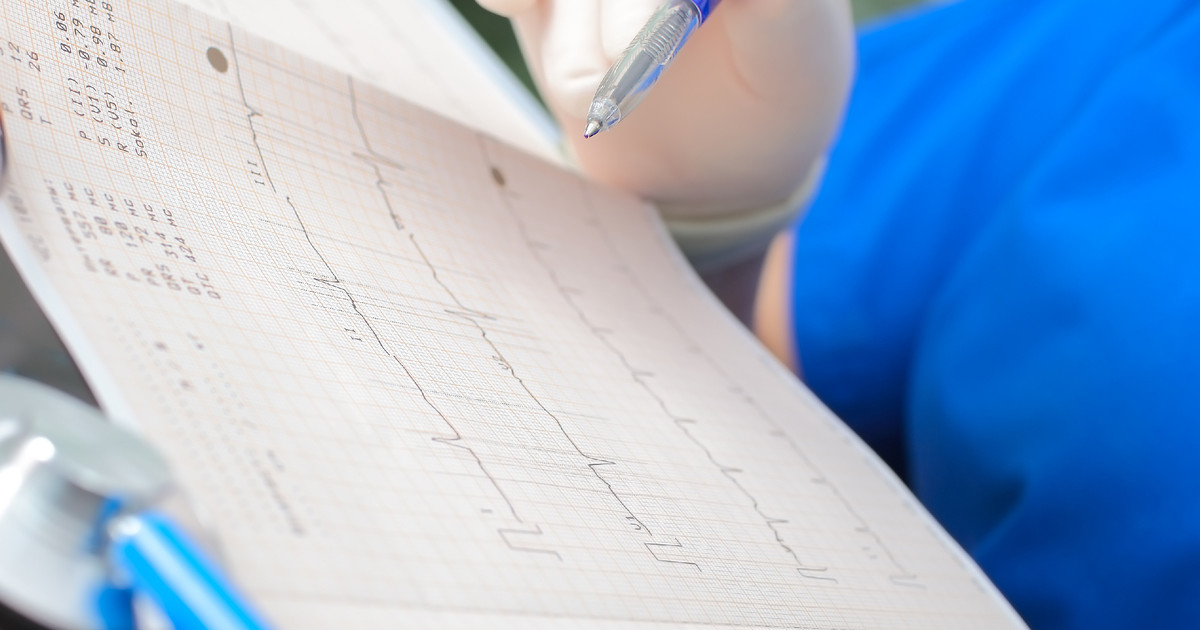Guide To An Electrocardiogram
Interpreting The Results

After an electrocardiogram is performed, the patient's heartbeat is represented as a waveform on the printed results slip. The technician interpreting it can tell from these waveforms if the heart's chambers are pumping blood and contracting normally. The waveforms also show the total time it takes for the electrical signals within the patient's heart to travel throughout the chambers.
However, some natural structures within the heart slow down the signal when it reaches these parts. The atrioventricular node is one section of the heart where the signal normally slows down because this section transmits electrical currents more slowly. A technician or doctor can tell the difference between this type of delay, which is normal, and an abnormal delay elsewhere in the heart. If a patient's heartbeat is too slow or too fast, the electrical impulses will normally show this. Additionally, carbon dioxide levels, breathing rates, and blood pressure will also be reflected in the results and determined to be normal or not, depending on the test.
